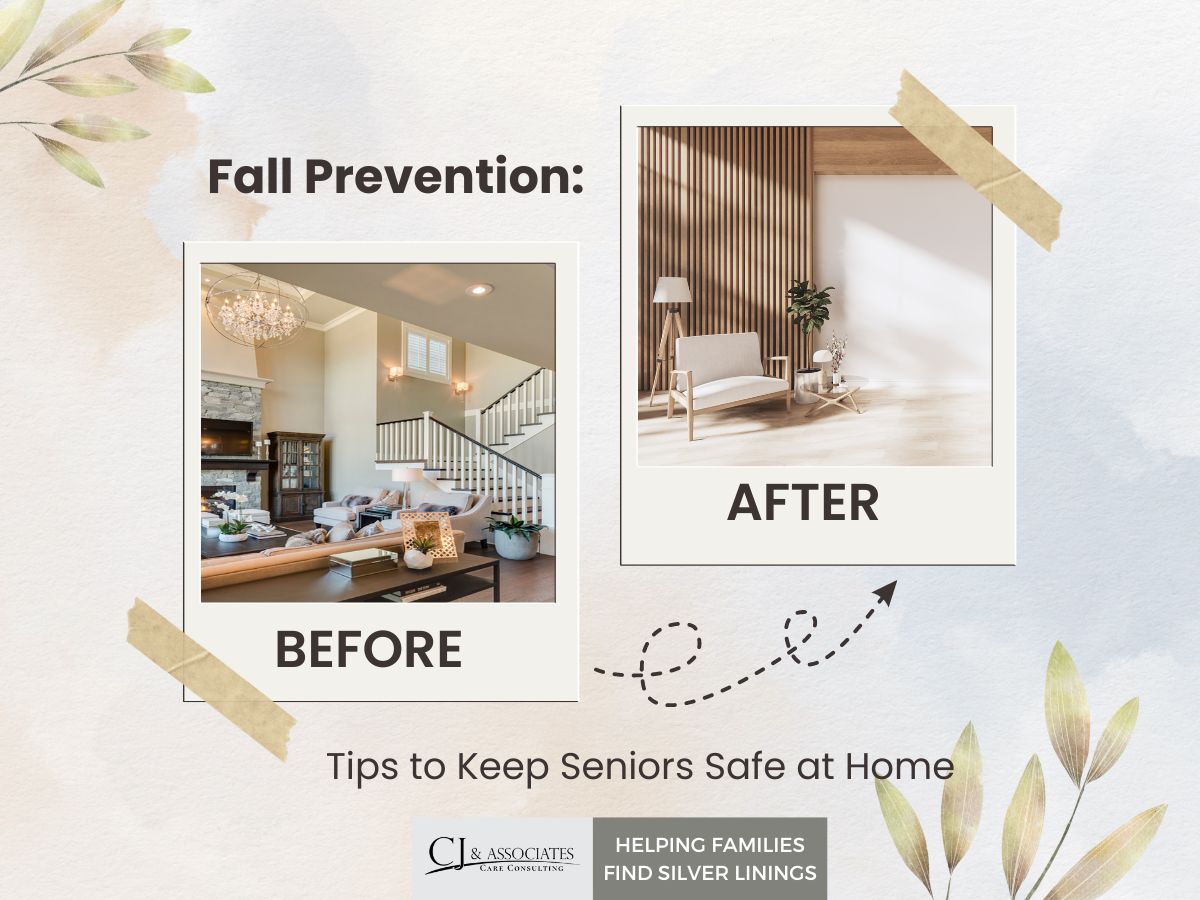As we age, our risk of falling increases, and falls can lead to serious injuries that can drastically impact a senior’s quality of life. In fact, according to the Centers for Disease Control and Prevention (CDC), one in four Americans aged 65 and older falls each year. However, the good news is that many falls can be prevented with proactive steps to create a safer living environment. In this article, we’ll explore practical tips for fall prevention, including home modifications, exercise routines to improve balance, and the importance of regular check-ups.
Home Modifications for Fall Prevention
One of the most effective ways to prevent falls is to modify the home environment to reduce hazards. Here are some key areas to focus on:
- Remove Clutter: Keep walkways clear of clutter, such as loose rugs, cords, and small furniture, which can easily cause tripping.
- Install Grab Bars: In bathrooms, install grab bars near the toilet and in the shower or bathtub. These provide support and stability when standing up or moving around.
- Improve Lighting: Ensure that all areas of the home, especially stairways and hallways, are well-lit. Consider adding nightlights in bedrooms and bathrooms to make it easier to navigate at night.
- Secure Carpets and Rugs: Use double-sided tape or non-slip mats to keep rugs and carpets securely in place. Loose or wrinkled carpets can be a tripping hazard.
- Use Non-Slip Mats: Place non-slip mats in the bathroom, particularly in the shower or bathtub, and in any areas where water may accumulate.
Exercise Routines to Improve Balance and Strength
Maintaining physical strength and balance is crucial for fall prevention. Regular exercise helps seniors stay strong, agile, and better equipped to catch themselves if they stumble. Here are some exercises that can help:
- Balance Exercises: Simple balance exercises like standing on one foot, heel-to-toe walking, and tai chi can improve stability and coordination.
- Strength Training: Strengthening the muscles in the legs, hips, and core can help seniors maintain their ability to walk and move with confidence. Exercises like leg lifts, squats, and wall push-ups are effective.
- Flexibility Exercises: Stretching exercises help maintain flexibility in the joints, reducing stiffness and improving overall mobility.
- Endurance Exercises: Activities like walking, swimming, or cycling can improve cardiovascular health, which is also important for overall balance and coordination.
It’s important for seniors to consult with their healthcare provider before starting any new exercise routine, especially if they have existing health conditions.
The Importance of Regular Check-Ups
Regular medical check-ups play a vital role in fall prevention. Here are a few reasons why:
- Vision and Hearing: Regular eye and ear exams can detect issues that may contribute to falls, such as poor vision or balance problems caused by inner ear issues.
- Medication Review: Some medications can cause dizziness or drowsiness, increasing the risk of falls. A healthcare provider can review medications and make adjustments if needed.
- Bone Health: Osteoporosis can make bones more fragile and susceptible to fractures if a fall does occur. Regular bone density tests and appropriate treatments can help maintain bone health.
Conclusion
Preventing falls is essential for keeping seniors safe and maintaining their independence. By making simple modifications to the home, encouraging regular exercise to improve balance and strength, and ensuring regular check-ups, seniors can significantly reduce their risk of falling. At CJ & Associates Care Consulting, we understand the importance of fall prevention and are here to help families create safer environments for their loved ones. Contact us today for a free consultation to discuss how we can assist in keeping your loved one safe and secure at home.

